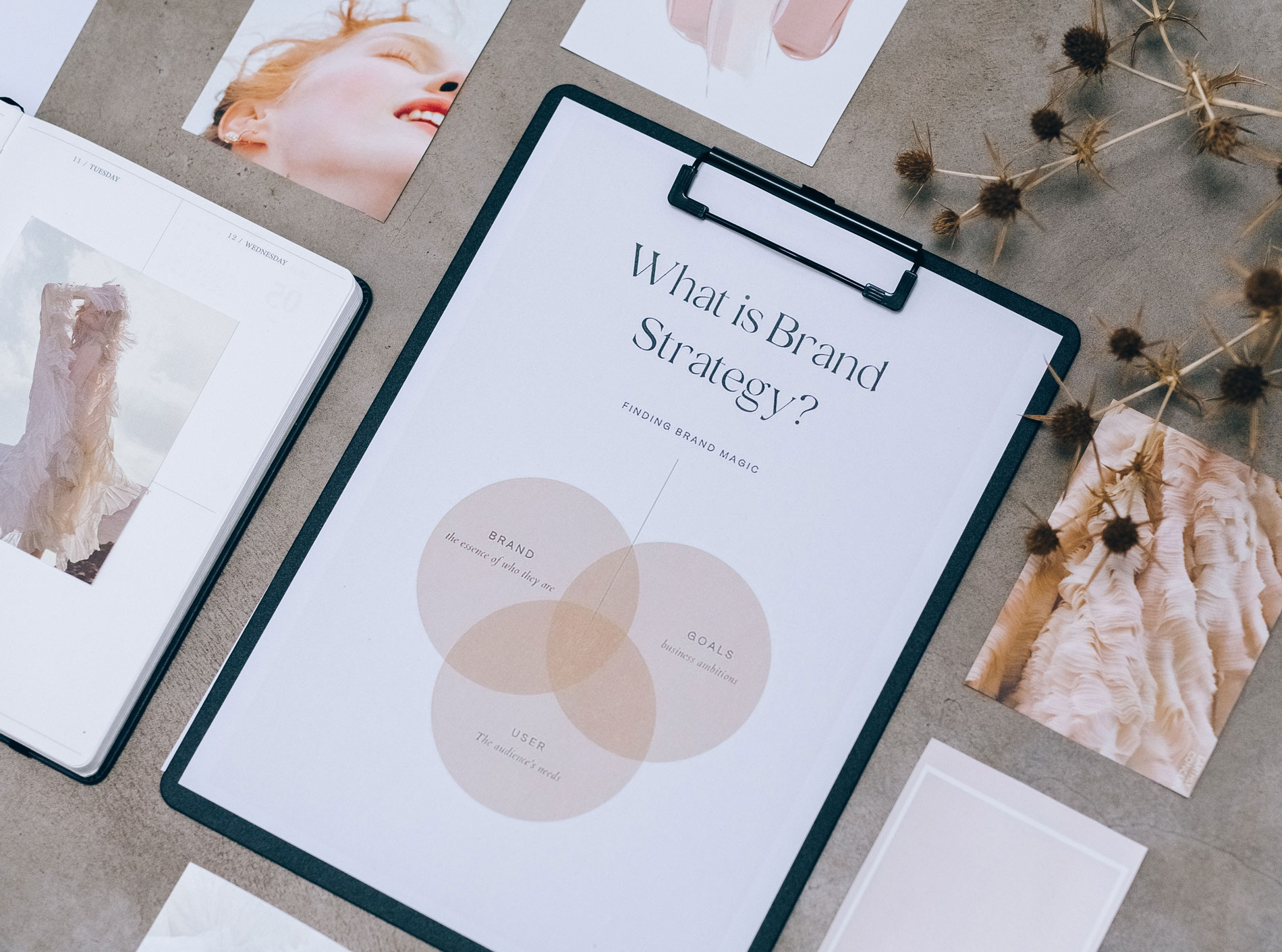
Branding Guide 101
Let’s define branding in marketing terms. Welcome to your branding guide 101, where we get down to the basics of branding and simplifying it.
Definition: Branding
The promotion of a particular product or company by means of advertising and its distinctive design.
What’s Your Branding Mission?
Branding is so much more than just a cute logo. It’s how the world sees you, and what you represent.
Branding done right will build trust. Top brands have clear-cut messaging and an overall clear identity. All of which gives them customer loyalty.
Having a mission statement for what your brand is here to stay for is very important. This is your brand’s overriding goal. It’s just a couple of sentences long. It sums up what you are all about and what you are striving for.
Write it out, write it down. Let your team and the public know this is what you’re all striving for.
“Branding done right will build trust. Top brands have clear-cut messaging and an overall clear identity. All of which gives them customer loyalty.”
How do you win over customers with branding?
Take a look at the major brands you know of. If you think about it, we make decisions all day long based on different brands. “I want to see how my friends are doing” becomes looking on Instagram or Facebook. “I want to buy a gift for a friend” becomes looking on Amazon. “I’m hungry, but don’t want to drive anywhere.” becomes looking on Postmates or UberEats.
That is the goal your overall branding strategy should go for. You want to be that name that someone thinks of when they need your product or service. That keeps your consumer happy, it keeps you happy.

Innovate and brand yourself faster
The improved, the cheaper, the more innovative products and services do better. Getting there might take time, but if you innovate or provide a better product than your competitors, you can take the cake.
Before Uber & Lyft existed, people still hailed and manually called taxis. It took almost no time for Uber & Lyft to take over the rideshare & taxi business once they arrived because they innovated.
Logos
Choosing a logo can be a long and difficult process to get it just right. There can be a lot of meaning in a logo that you might not catch all at face value.
Let’s look at a few logo examples:

Apple
The popular and timeless design of the partially eaten apple. It communicates fun and artistic values. It has a sleek, futuristic design, which coordinates with its products.

Sprinkles
The famous cupcake bakery. The name itself communicates it’s a dessert company. The modern script font used communicates their handcrafted cupcakes. Then their iconic playful dot above the “i”, became the popular dot used to identify their cupcakes.
Colors
What colors represent your brand? Colors really do represent different emotions and ideas.
“Do your research on your colors. They will really pay off with what you are trying to represent for your brand.”
For instance, a quick search for the color blue shows that it can be associated with things like the sky, the sea, open spaces, freedom, intuition, imagination, inspiration, and sensitivity.
Blue can also represent meanings of depth, trust, loyalty, sincerity, wisdom, confidence, stability, faith, and intelligence.
That’s just the color blue. So do your research on your colors. They will really pay off with what you are trying to represent for your brand.
Different Fonts & Typography
Are you more of a sans-serif font? Or just serif? Don’t know what those mean? That’s your first place to start from on understanding different fonts:

You can view more on that here.
Just like colors provoke a certain feeling or emotion, so do fonts. They are just as important in your selection as colors are. It’s what people will see and get an impression of right away of your brand.
Take the below image, for example, do these different fonts give you different ideas of what they would be used for?
Putting it all together
Everything you just read about needs to encompass and represent you and your brand. All these things: your logo, the colors, the typography used, your messaging, and even your packaging if you are selling a product need to add up together. If one of the things doesn’t go along with your overall mission, then it’s not for your brand. They all need to complement each other for the proper representation of your brand.
“All these things: your logo, the colors, the typography used, your messaging, and even your packaging if you are selling a product need to add up together.”
Consistency with your brand is also a huge factor. Always ensuring that your brand stays on brand is another factor and job in itself at times. If you put all this work into mapping out your brand, and it goes off the rails at some point, it won’t keep proper representation in on your brand. And might produce the opposite effect.
Conclusion
I hope you enjoyed this blog! Please let me know in the comments below if you have any questions and if this helped you at all in your marketing efforts. Also, feel free to check out our other blogs, thank you!






Love this! I want more!!!